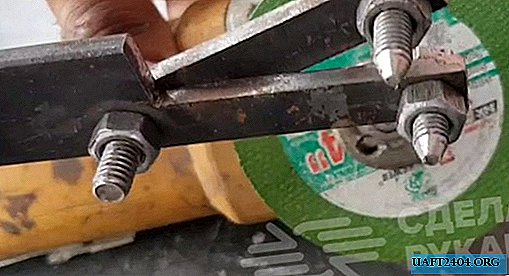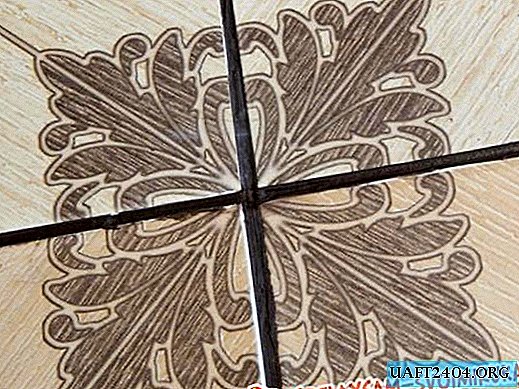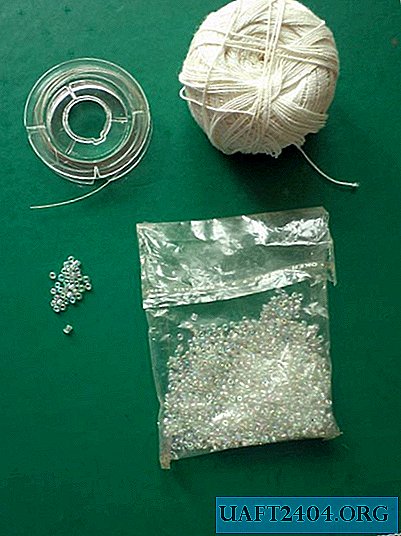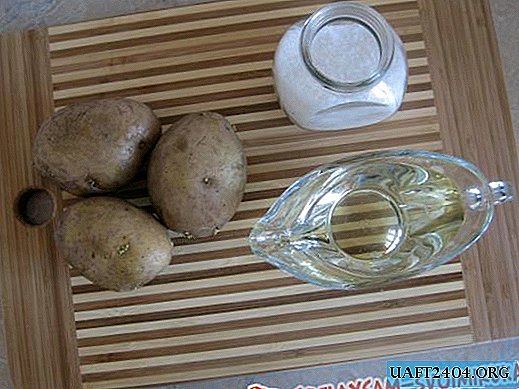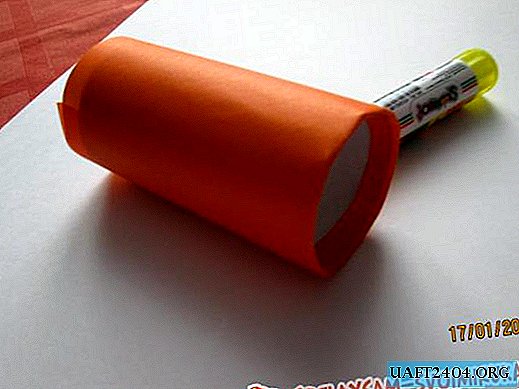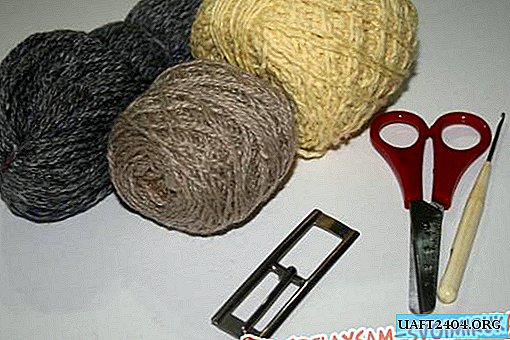Share
Pin
Tweet
Send
Share
Send
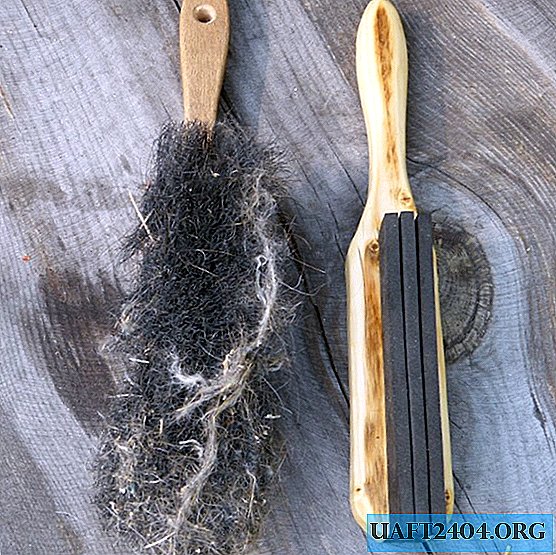
Materials:
- wooden lath or board;
- chemically cross-linked polyethylene foam;
- 3 screws;
- wood preservative oil or varnish.

As a broom in the brush will be used foamed chemically cross-linked polyethylene. It is used as packaging material, lining for a laminate, used for insulation and sound insulation of riser pipes. This material differs from ordinary foamed polyethylene in its fine pore structure, higher density and shape retention after compression.
Making a lint-free panicle
Several rectangles with sides of 5x15 cm need to be cut from a sheet of foamed polyethylene. Their number is selected so as to obtain a stack of about 2 cm thick. In this case, a material with a cross section of 7 mm is used, so 3 rectangles are enough.


On the rail or board you need to draw a brush body. If there is an old pile brush, then you can simply circle it with a pencil.


Marked board is clipped to the office. In this case, you need to make a slot as in the photo. Its width is made a couple of millimeters smaller than the cross section of a stack of chopped rectangles.



After that, the workpiece is ground. It is necessary to try to achieve absolute smoothness, so that later you do not drive the splinters.


Piles of polyethylene folded into a stack are inserted into a slot in a wooden blank. If the stack is very dense and does not fit, then it can be slightly burned along the edge of a heated steel plate. It is possible to simply widen the neckline.





On the side of the brush are 3 holes with a countersink for self-tapping screws. Screwed-in screws hold the whisk in the brush body.



If everything stays normal, then you should disassemble the brush and soak the wood with oil or varnish.

It does not hurt to immediately cut the existing scraps of foamed polyethylene onto blanks for a panicle. In the future, when the working part of the tool is worn out, they can be quickly replaced. It also does not hurt to cut the front edge of the broom diagonally. This will facilitate cleaning in the corners.


After use, such a brush almost does not get dirty. Small specks that have fallen on it can simply be washed off under the tap. Polyethylene does not absorb moisture, so it dries quickly.



The brush is perfectly washed and dries immediately.

Original article in English
Share
Pin
Tweet
Send
Share
Send


